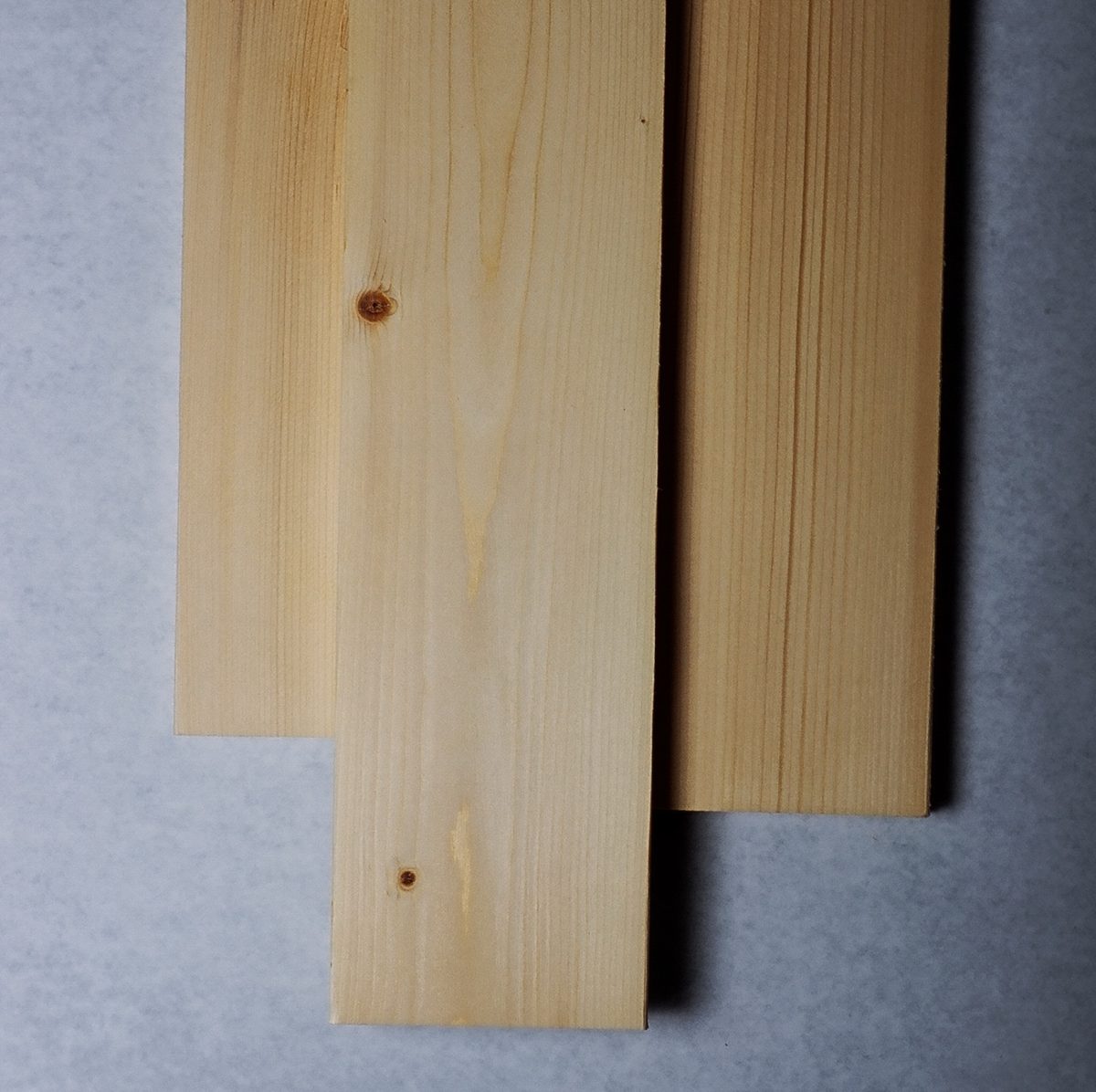Common uses and applications
Subalpine fir, lodgepole pine and interior spruce are marketed together as SPF (spruce-pine-fir). Kiln-dried SPF lumber is used as a structural framing material in all types of residential, commercial, industrial and agricultural applications. It is used in the manufacture of prefabricated houses, trusses, and other structural components.
Subalpine fir is also used for plywood veneers, planing-mill products, crates and boxes, sashes, doors, frames, food containers, pulpwood and general millwork. Along with spruce and lodgepole pine, it is used to produce 100 per cent bleached Kraft pulp and chemi-thermomechanical pulp (CTMP).
Indigenous Peoples across North America have long used the pitch and bark of subalpine fir for medicinal purposes, referring to it as “the medicine plant”. Interior Indigenous Peoples make large temporary baskets by stitching together sheets of bark with spruce roots. They use boughs for bedding and flooring in sweat lodges. Some also use the wood for roofing shingles and burn rotten wood to make a substance for tanning hides.
Tsleil-Waututh Administration & Health Centre |
Photo credit: KK Law





